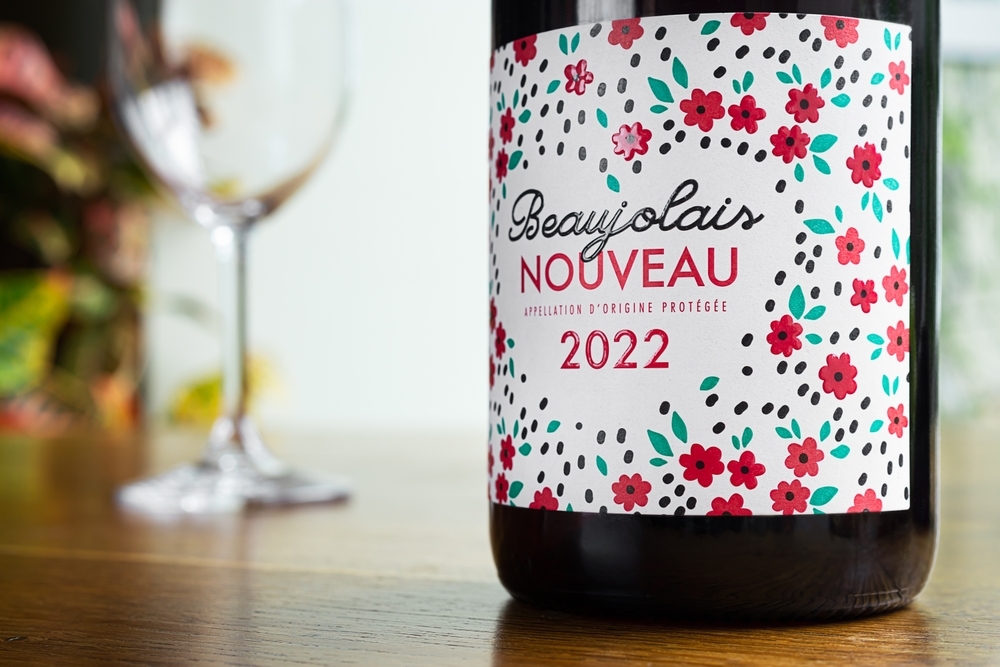Sweet and Dessert Wines: Explore Everything In Sweetness

In the vast landscape of wines, dessert wines are a testament to a great meal's sweet finale. Often overlooked, these wines offer a luxurious experience rich in sweetness and complexity. Lets uncork the variety of knowledge about dessert wines and establish how it works in the sweet wine world.
What are Dessert Wines?
Dessert wines are a diverse category defined by their elevated sweetness levels. Unlike their dry counterparts, dessert wines boast higher residual sugar content, creating a symphony of sweet and often complex flavors. These wines are carefully crafted to be savored slowly, allowing enthusiasts to explore the nuances of honey, caramel, and various fruits.
Dessert Wine Types
- Late Harvest Wines: Late-harvest wines are a testament to patience. Grapes are left on the vine beyond their typical harvest time, allowing them to accumulate higher sugar levels naturally. This extended ripening period results in wines with a rich, honeyed sweetness.
- Ice Wines: Exploring the world of Ice wine production is a delicate dance with nature. Grapes are left on the vine to freeze, concentrating sugars and flavors. The frozen water is separated during pressing, leaving a nectar-like elixir known for its intense sweetness and vibrant acidity.
- Botrytized Wines: Botrytized wines, exemplified by Sauternes from France and Tokaji from Hungary, involve grapes affected by the "noble rot" fungus. This natural process concentrates sugars and imparts complex flavors, yielding wines with a perfect balance of sweetness and acidity.
- Fortified Wines: Port and Sherry, iconic fortified wines, undergo a unique process. Spirits like brandy are added to halt fermentation, preserving residual sugars and boosting alcohol content. This fortification results in wines with a velvety texture and enduring sweetness.
Suggested read: Port Wine 101: Explore Portugal's Most Popular Liquid Gold
Dessert Wine Regions

Sauternes, France: The Bordeaux region of Sauternes is renowned for its botrytized sweet wines. Chteau d'Yquem, the crown jewel of Sauternes, produces legendary wines with unparalleled complexity and aging potential.
Tokaj, Hungary: Tokaj, often called the "Wine of Kings," is famous for its sweet Tokaji wines. The region's unique climate and volcanic soils contribute to wines with vibrant acidity and flavors of apricots, honey, and sometimes a hint of saffron.
Porto, Portugal: Porto, nestled along the Douro River, is the birthplace of Port wine. The Douro Valley's terraced vineyards yield grapes for both vintage and tawny Ports, showcasing a rich spectrum of flavors from dark fruits to nutty caramel.
Dessert Wine-Making Process
The art of crafting dessert wine involves meticulous attention to grape selection and a careful balancing act during winemaking. Grapes are often left to ripen for an extended period, allowing sugars to reach optimal levels. The choice of production methods, such as late harvesting, drying, or freezing, further concentrates these sugars. In the case of fortified wines, the addition of spirits enhances sweetness and fortifies the wine for extended aging.
Food Pairing with Dessert Wine
- Sauternes with Foie Gras: The luscious sweetness of Sauternes complements the richness of foie gras, creating a harmonious blend of flavors on the palate.
- Port with Chocolate: The robust and fruity notes of Port wine harmonize with the sweetness of chocolate, creating a luxurious and indulgent pairing.
Must Read: Perfect Wine Pairings to Enjoy with Shrimp Scampi Flavors
Top 5 Dessert Wines
- Chteau d'Yquem (Sauternes, France): A pinnacle of botrytized wines, Chteau d'Yquem is known for its ethereal complexity, offering layers of honey, apricot, and citrus.
- Tokaji Asz (Tokaj, Hungary): Tokaji Asz, with its golden hues and intense flavors, is a masterclass in Hungarian winemaking with apricot, honey, and a distinct minerality.
- Rutherglen Muscat (Victoria, Australia): This Australian gem delivers a rich and luscious experience with flavors of raisins, toffee, and a hint of spice.
- Vin Santo (Tuscany, Italy): a Tuscan delight, Vin Santo is often paired with cantucci (biscotti). It exhibits a beautiful amber color and flavors of dried fruits and honey.
- Pedro Ximnez Sherry (Jerez, Spain): This dark and sweet Sherry, with its notes of figs and molasses, is a decadent treat from the Andalusian region.
Health Benefits of Dessert Wine
Moderation is key when enjoying dessert wines, but there are potential health benefits to consider. The antioxidants in these wines, particularly red dessert wines, may contribute to cardiovascular health. However, it's crucial to balance these benefits with mindful consumption.
Calories in Dessert Wine
As a result of their higher sugar content, dessert wines tend to be more calorically dense. A 3.5-ounce serving can range from 150 to 250 calories, depending on the specific wine. It's advisable to be mindful of caloric intake, especially if you're savoring these wines regularly.
Dessert Wine Glasses
Opt for smaller glasses with a tulip shape to fully appreciate the complexity and aromas of dessert wines. This design helps concentrate the intricate scents towards the nose, enhancing the overall tasting experience.
Serving Temperature
Dessert wines are best served slightly chilled but not overly cold. The recommended temperature range is generally between 45 to 55 degrees Fahrenheit. This allows the wines to express their full spectrum of flavors and aromas.
Cooking with Dessert Wine

The versatility of dessert wines extends beyond the glass and into the kitchen. Incorporating these wines into your culinary endeavors can elevate sweet and savory dishes. Consider reducing the late-harvest Riesling for a poached pear glaze or adding a splash of Port to a rich beef stew for added depth of flavor.
Also Read: Unlock The Secrets Of Wine With A Wine Sweetness Chart
Conclusion
The world of sweet and dessert wines is a fascinating realm waiting to be explored. From the sun-drenched vineyards of Sauternes to the historic cellars of Porto, each bottle tells a story of craftsmanship and dedication. Whether you're a seasoned oenophile or a curious beginner, discovering the sweet side of wine promises a journey filled with indulgence and appreciation. Cheers to the exquisite world of dessert wines!
FAQs
When to Drink Dessert Wine?
Dessert wines are traditionally enjoyed after a meal, providing a luxurious conclusion to the dining experience. However, certain sweet wines can complement specific desserts or be a delightful aperitif.
What Dessert Wine Goes with Chocolate?
Pairing dessert wines with chocolate is a delightful endeavor. Ports, Banyuls, and late-harvest Zinfandel are excellent choices, their richness and sweetness harmonizing beautifully with the decadence of chocolate desserts.
How Dessert Wine is Made?
The winemaking process for dessert wines varies, but it often involves selecting ripe grapes, allowing them to undergo natural procedures like late harvesting or botrytization, and sometimes halting fermentation to retain sweetness.
Can Dessert Wines Be Refrigerated?
Yes, dessert wines can be refrigerated to preserve their freshness. However, bringing them back to the recommended serving temperature is crucial before indulging in their flavors.
Is Dessert Wine Expensive?
The cost of dessert wines varies widely, ranging from affordable options to highly exclusive and expensive bottles. Factors such as the region, production method, and aging contribute to the price range.
Is Dessert Wine Good for You?
In moderation, dessert wines may offer some health benefits. Antioxidants, particularly in red dessert wines, have been associated with potential cardiovascular advantages. However, excessive consumption can have adverse effects, so moderation is key.
Does Sweet Wine Have Added Sugar?
While some sweet wines may have added sugar, many derive sweetness from the natural sugars in ripe grapes. The winemaker's choices during production, such as when to harvest the grapes, also influence the final sugar content.
Is Sweet Wine OK for Diabetics?
Individuals with diabetes should approach sweet wines with caution. While some dessert wines may be enjoyed in moderation, consulting with a healthcare professional to determine individual tolerance levels is essential.
This content was created by AI
No keywords available
-1717753922-r.jpg)


